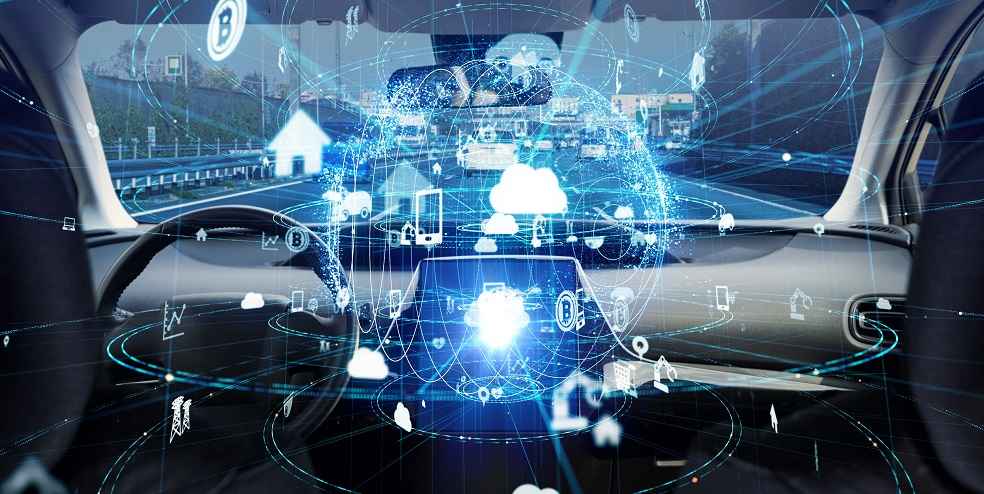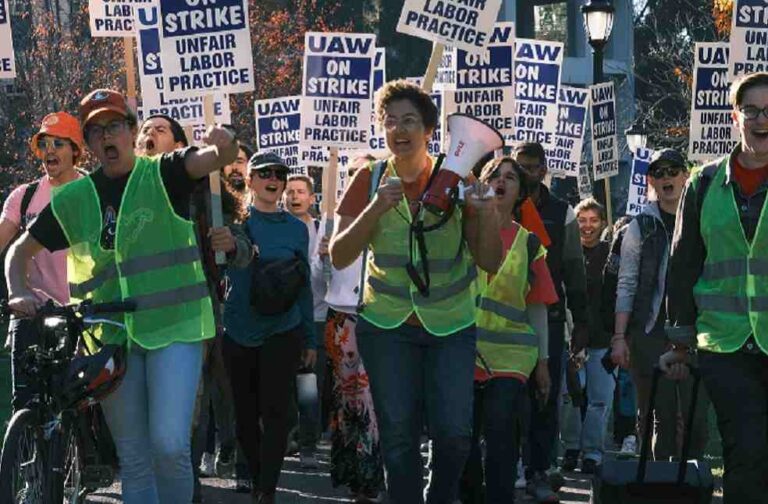Last week, two major events captured America’s attention: President Trump’s unexpected parole and the auto strike tensions between Detroit’s iconic auto manufacturers and the United Auto Workers (UAW). Adding to the intrigue, whispers are growing about a potential shift in allegiance by the traditionally Democrat-leaning autoworkers, especially given the rising popularity of Trump.
Central to the autoworkers’ concerns is their push for stronger union powers, particularly the ability to initiate strikes when negotiations stall. The financial implications of such a move are significant. Data from the Anderson Economic Group indicates potential losses to the tune of $5.6 billion from a mere 10-day strike.
The trajectory of US auto manufacturing employment has been positive since 2010. But technological advancements, especially in Artificial Intelligence (AI) and Electric Vehicles (EVs), threaten this growth. The industry faces potential job reductions and drastic shifts in operations.

The challenges for American autoworkers are multifaceted. On one hand, they worry that the move to EVs will result in factory closures and job losses. On the other, there’s a concern that joint-venture battery production firms may overlook union requests.
The auto industry plays a pivotal role in Washington’s ‘Make America Great Again’ strategy. Yet, this sector again tackling dual challenges which are the internal struggle with income disparity and the external threat posed by global auto powerhouses, equipped with cutting-edge technology and competitive pricing.
With the shadow of China’s flourishing EV industry looming large, the US administration has taken proactive steps. It has introduced incentives and subsidies to stimulate domestic EV production. Despite these efforts, the rapid growth of Chinese EVs continues to put pressure on the American auto industry.

For US autoworkers, a stark disparity in earnings remains a sore point. Union representatives, speaking for 150,000 autoworkers, are pushing for a significant wage increase, highlighting the broader issues with the existing income distribution model.
President Biden’s ‘Biden economics’ promises a brighter future for workers. Still, restructuring the income distribution system is a mammoth task, prompting a deeper examination of the principles underlying US capitalism.
The unrest in the auto industry serves as a microcosm of larger global economic challenges. While the Biden administration might focus on curbing China’s EV growth in the short run, a broader, long-term strategy is essential for the US to maintain its global position.

Amidst these challenges, one thing becomes evident: America must recalibrate its approach, acknowledging the rise of industrial giants like China, and adapting to an evolving global landscape.
DON’T MISS IT | Europe Electric Vehicle Transition: Ambitions Meet Challenges





